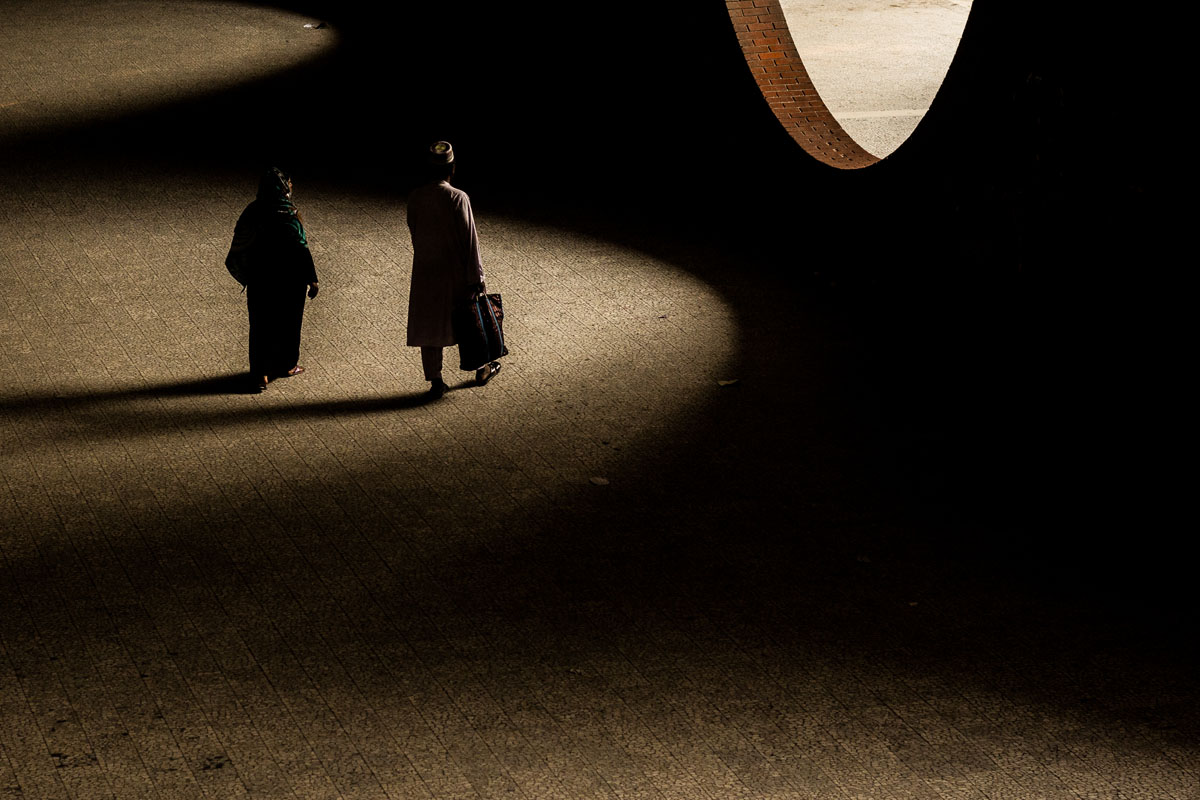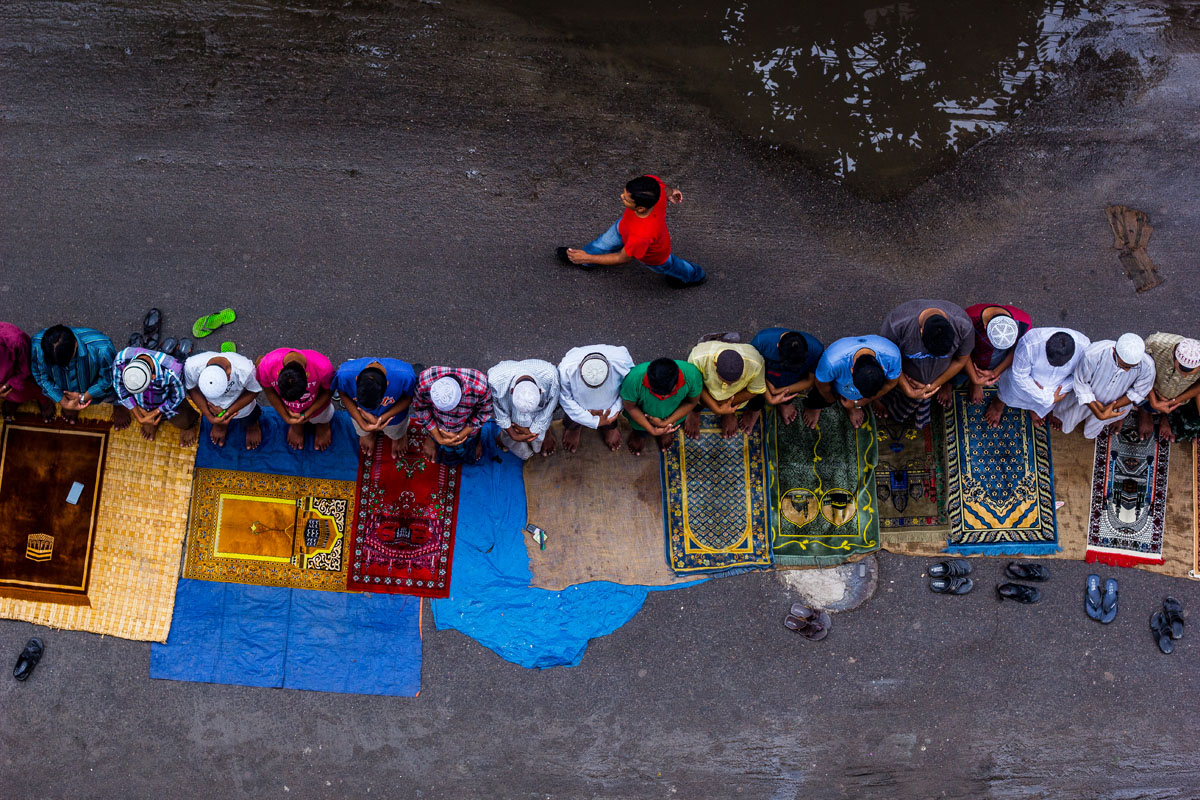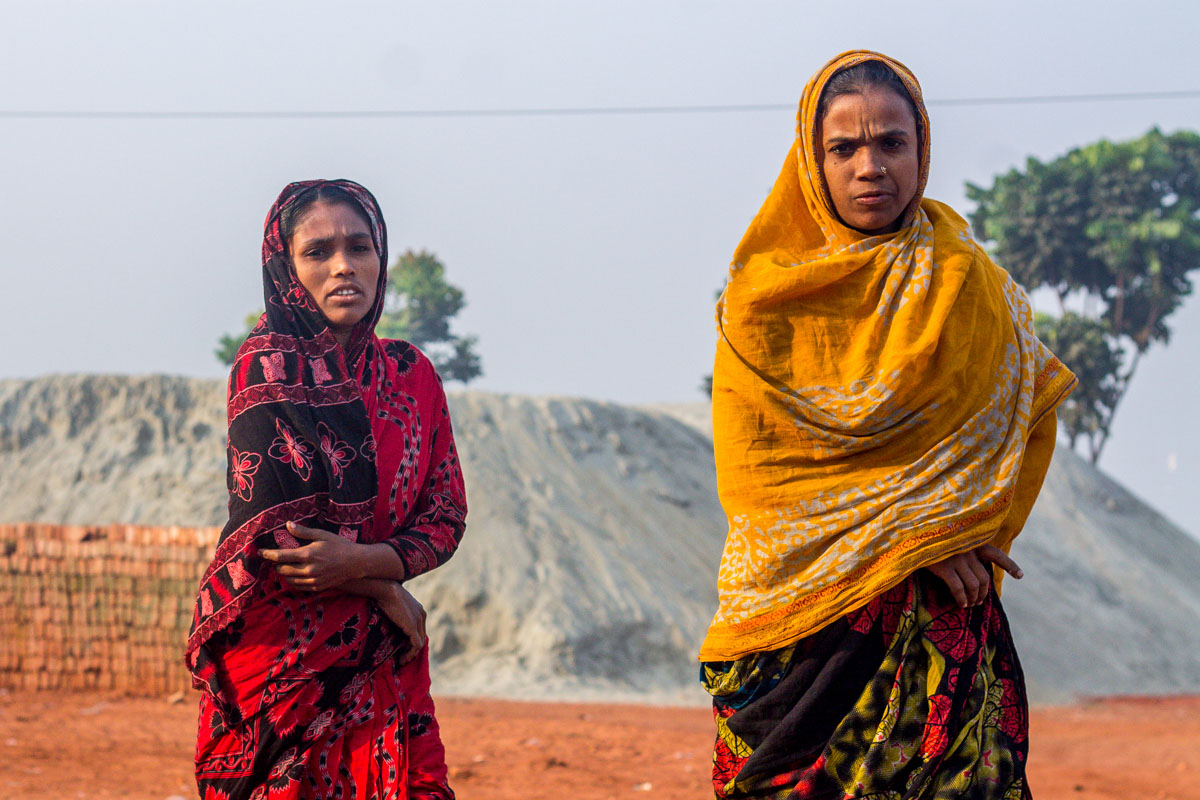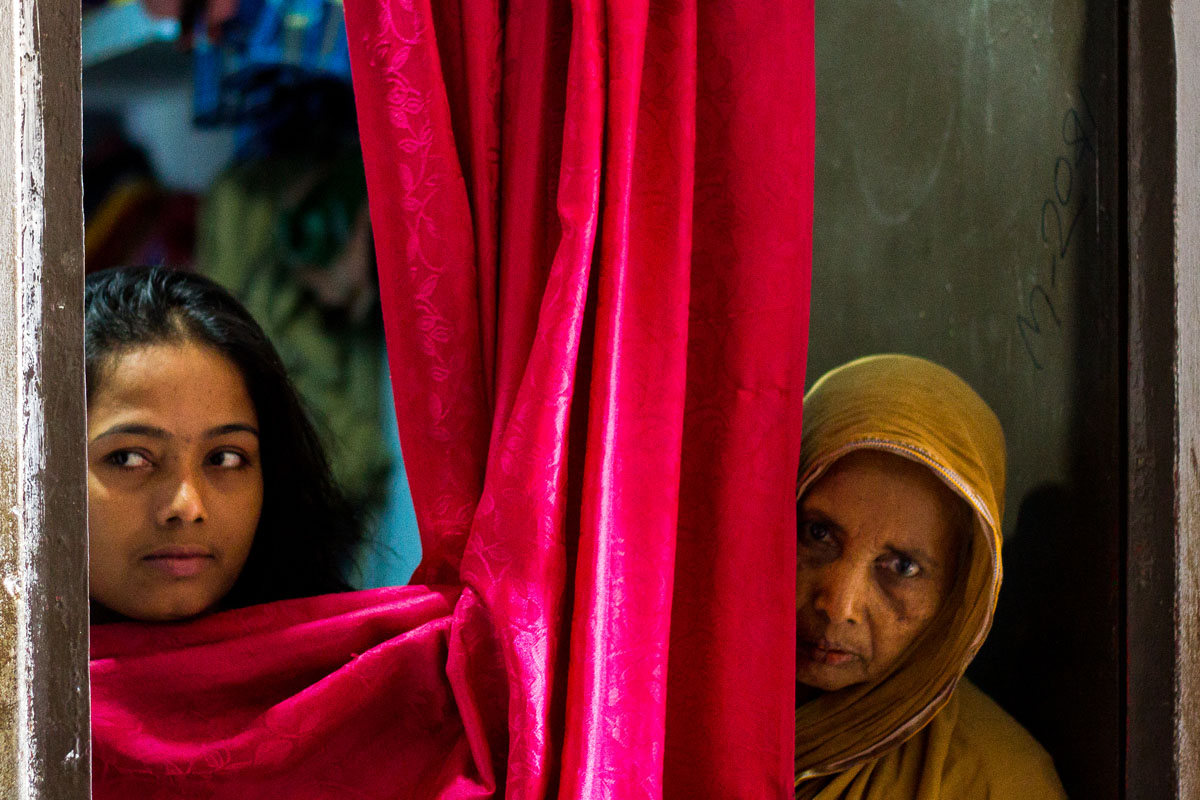
Street photography is a vibrant and dynamic form of visual storytelling that thrives on capturing the spontaneous and unfiltered moments of everyday life in public spaces. Rooted in the art of observation and timing, this genre has evolved to become a powerful means of documenting the essence of urban existence, revealing the beauty and complexities of human interactions against the backdrop of cityscapes.
At its core, street photography is an authentic reflection of the photographer’s keen awareness of the surroundings. Armed with a camera, the street photographer ventures into the bustling streets, capturing the ebb and flow of urban life. The genre celebrates the mundane, transforming seemingly ordinary scenes into compelling narratives that invite viewers to reflect on the shared human experience.
One of the defining characteristics of street photography is its spontaneity. Unlike staged or posed portraits, street photographs are often taken in the blink of an eye, freezing moments that might otherwise go unnoticed. This spontaneity contributes to the raw and unscripted nature of the images, offering a genuine portrayal of people, cultures, and the pulse of the city.

The streets serve as an ever-changing canvas for street photographers, providing a rich tapestry of diverse subjects, from the vibrant energy of a busy market to the quiet contemplation of an individual lost in thought on a park bench. Through the lens, photographers capture the emotions, expressions, and interactions that make each city unique.
The camera becomes a tool for both connection and detachment in street photography. On one hand, the photographer engages with the subjects, often without direct interaction, and on the other, the lens serves as a barrier that allows for a degree of anonymity. This delicate balance allows for the candid portrayal of life without disrupting the natural flow of the scenes being captured.

The black-and-white aesthetic is a hallmark of many classic street photographs, emphasizing the timeless and universal aspects of the human experience. However, contemporary street photographers explore a spectrum of styles and techniques, embracing color, unique compositions, and experimental approaches to convey their narratives.
Street photography is not without its ethical considerations. Respecting the privacy and dignity of subjects is paramount, and responsible practitioners navigate the fine line between observation and intrusion. Many photographers grapple with questions of consent and the impact of their work on the communities they document, emphasizing the importance of ethical practices in this genre.
In the age of smartphones and social media, street photography has found new avenues for expression and connection. Platforms like Instagram and Flickr have become virtual galleries where photographers can share their work, engage with a global audience, and contribute to the ongoing dialogue about urban life.
Street photography is a compelling and ever-evolving art form that serves as a visual diary of our shared human experience. Through the lens of street photographers, the ordinary becomes extraordinary, and the urban landscape transforms into a canvas of stories waiting to be told. This genre not only documents the present but also invites viewers to contemplate the intricate beauty and complexity of the world that unfolds beyond their daily routines.

Rayerbazar, Dhaka, Bangladesh